There’s a hymn by Reginald Heber (1783-1826) we used to sing, which read –
“What though the spicy breezes, Blow soft o’er Ceylon’s isle…”
Since then, the name Ceylon has been lingering in my mind. The Lord showed His mercy on me, and giveth me the privileged to experience the spicy breezes that blow across the Indian Ocean, for a week. Like the hymnodist said, it was a beautiful country, which earnestly longed and sacrificed for peace.
Yet again, my camera was my diary, it freezes those moments, that portray Sri Lanka, the nation, that wished me “Ayubhowan” (May you live long).
Deities of the Kohomba
A twin percussionists played the Geta Beraya in a vibrant rhythm. The dancers swirl and swing to the groove of the percussions, and occasionally sang the vannam (a kind of recitation). Most vannam describe the behaviour of animals.
Kandyan dance is believed to originate from the dance performed by the deities of Kohomba in central Sri Lanka.
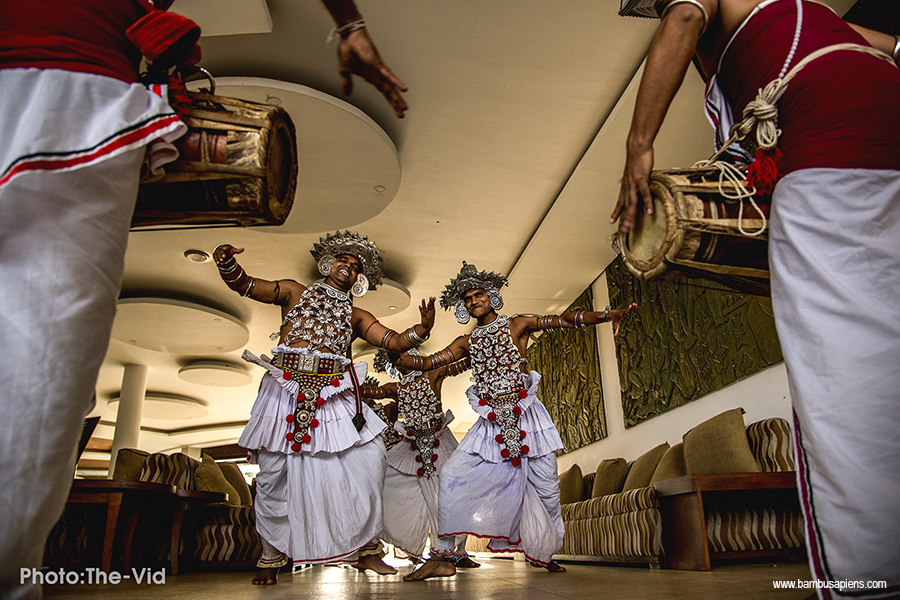
The innaugural procession of the SACYN 2017 was led by these dynamic Kandyan dancers.
Family matter
A sweet smile was their response, as I point my lens towards them, a Sinhalese family. All through the week, I have noticed that the Sinhalese communities are a happy community.
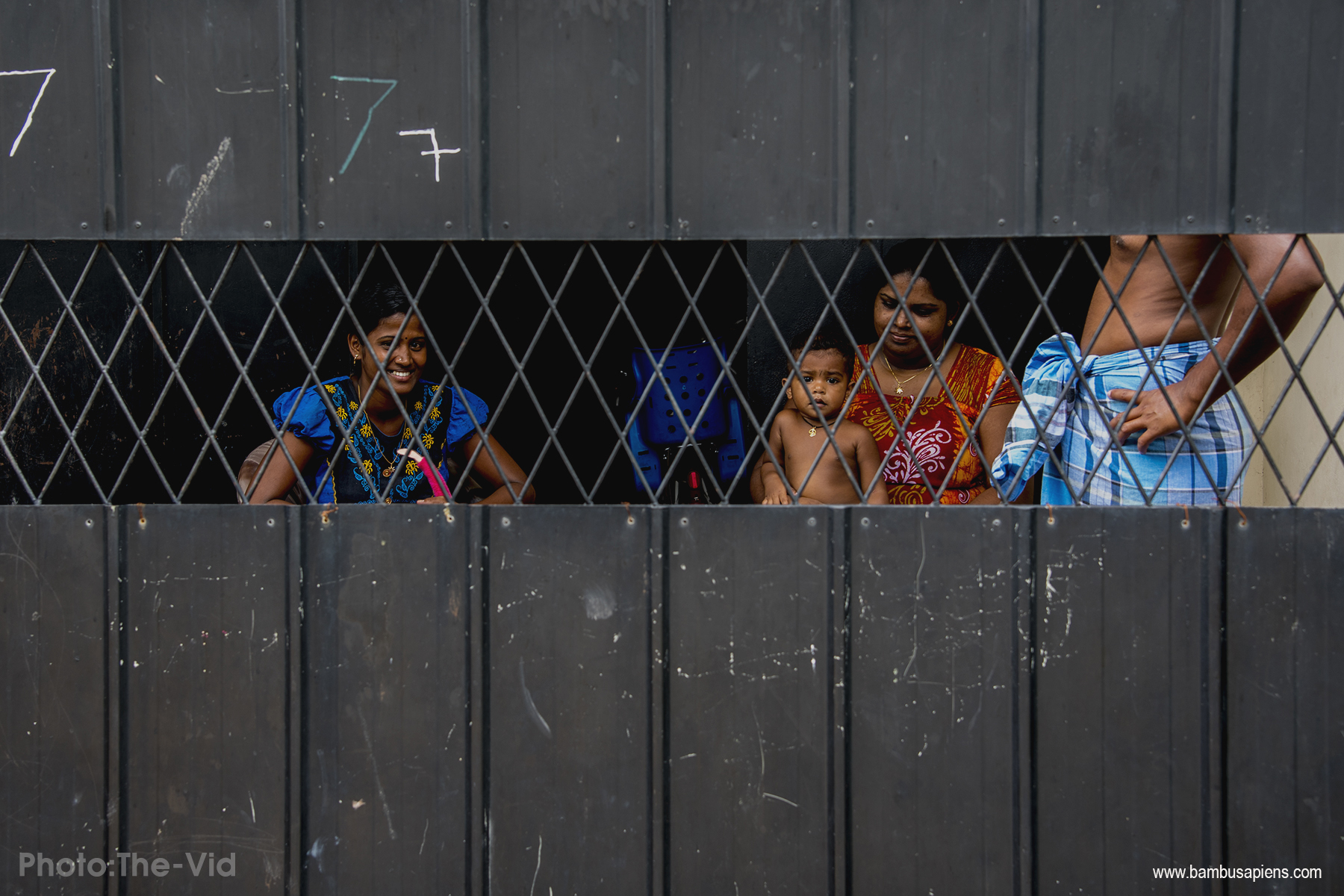
One of the major battles the Sri Lankan’s are facing is the battle, with nature, for land. Impact of climate change has been suffered by the country. Submerging of land is one of the major impacts. Land dispute between the Government and the citizens, especially the grassroots is another battle they are fighting. Submerging of land and the 30 years’ war the country had gone through enhanced the dispute.
All these internal conflicts and disputes are a family matters of the country. But climate change…its a matter of the earthlings as a whole!
Life along the Salt Canal
Reclamation and submerging of lands has always been a subject in an Island ecosystem. Several lands are often washed off or submerged by the sea waters. The Muthurajawela wetland in Negambo, Sri Lanka is also among those, often submerged by salt water. A canal was built by the British to drain the salt water in 1802 and named it Hamilton Canal (aka Dutch Canal). At present, it is one of the most popular tourist destinations in the area.

Houses are constructed along the canal, leaving only a narrow footpath, without a railing. It seems the settlers are well adapted to it, and never fell into the canal. On the contrary, I was told that a few moments before I shot this photo, a three-wheeler fell in it, but from the other side of the canal.
Fisherman’s agony
Fishing industry is one of the most blooming industries in the Sri Lankan economy. The government has envisioned a large scale fishing industry.At present, the fishing community comprises of the traditional fishing community with an improvised or modernised oruvas (sailing canoe). These fishermen are the grassroots of the society, continuing the fishing legacy for more than a century.
The Government’s new policy on the fishing industry is not so welcomed by them, as they have a suspicion that they will be overthrown by the corporate. The National Fishery Solidarity Movement (NAFSO) endlessly fights for the rights of the fishing community.

If the policy is empowered, not only the grassroots will suffer, but the method adopted by the fishing industry is detrimental to the environment; increasing the rate of erosion and submerging of coastal low lands. Fighting against both the climate change and the policy agonised the fisherman.
Fading glory
As the government is eyeing to enlarge the fishing industry, the traditional fishing communities, the grassroots of the society, are in despair. To them, fishing is not only a passion, but a life and a legacy.
With the advent of the corporate equipped with hi-tech fishing gears, the fishing legacy of the indigenous community is fading day by day, dwindling year after year.

There will be times when the traditional fishing technique will be seen only through art works, when the oruvas is only a museum collection. When those times come, they’ll ponder upon the good old days, their glorious days that fade…
Sanguine
After hearing all the country’s dark side, I met this young boy, who just came back from school. He was neither bothered by the past nor the future, but enjoyed the present. A confident smile was his reaction to the lens being aimed at him.
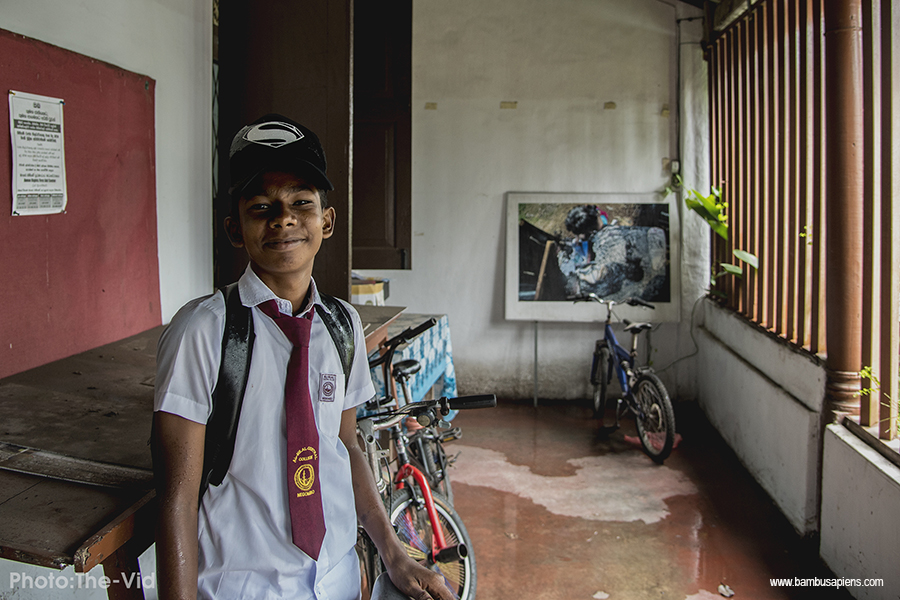
He might not understand the struggle that the Lankan’s had gone through. He might not be aware of the bloody war that was fought. The consequences of the war were beyond his perception. But he’s enjoying the moment, he’s the new generation, a generation of peace and tranquility.
Walking the Negambo City
Negambo is a City on the west coast of Sri Lanka, north of the capital, Colombo. It is famous for its lagoon and beach.
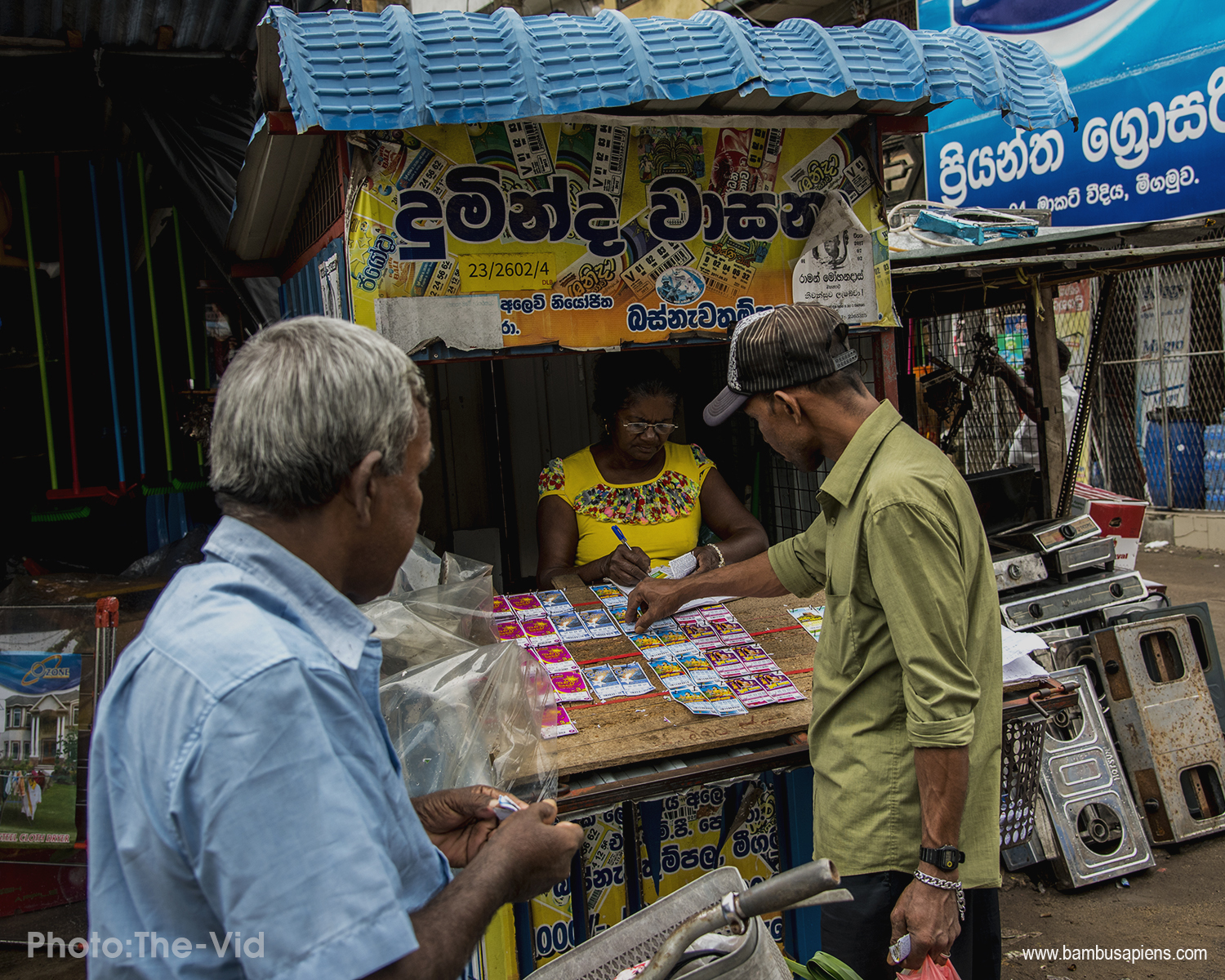
A Lottery counter on the roadside had an ample amount of customers.

We were relentlessly searching for a street food hawker. We finally managed to find this guy. He might be a Sri Lankan Tamil, and the fruits that he hanged suggested he’s a Hindu.
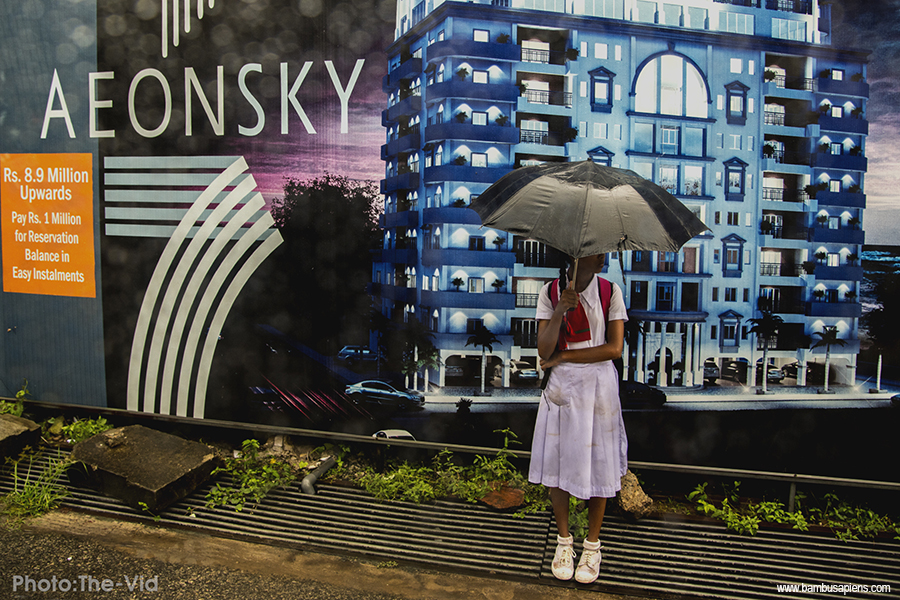
The internal politics of the country is beyond our knowledge. Many blamed the Government for not providing sufficient humanitarian aid to the civil war refugee. This picture, reminded me of those that still suffered the consequences of the civil war.

On the contrary, this Tamil gentleman gestured the sign of peace. Ironically, the Sri Lankan Civil War was fought between the Tamil separatist and the Sri Lankan Government.
Devotion
As she finished her noon prayer, a believer rejoicingly left the Church. She was sitting and praying at the back pew. She was wearing a hearing aid. I, oftenly, used to think that what the mainstream society called differently-abled are more devoted and consecrated to their faith.

St. Stephen’s Church has a long history. Built in 1877 and consecrated on Jul. 31, 1880, was declared as Archaeological protected monument in 2011; and it belongs to the Anglican Church.

I bid goodbye to Sri Lanka on Oct. 14, 2017.
“Ayubhowan, Sri Lanka”
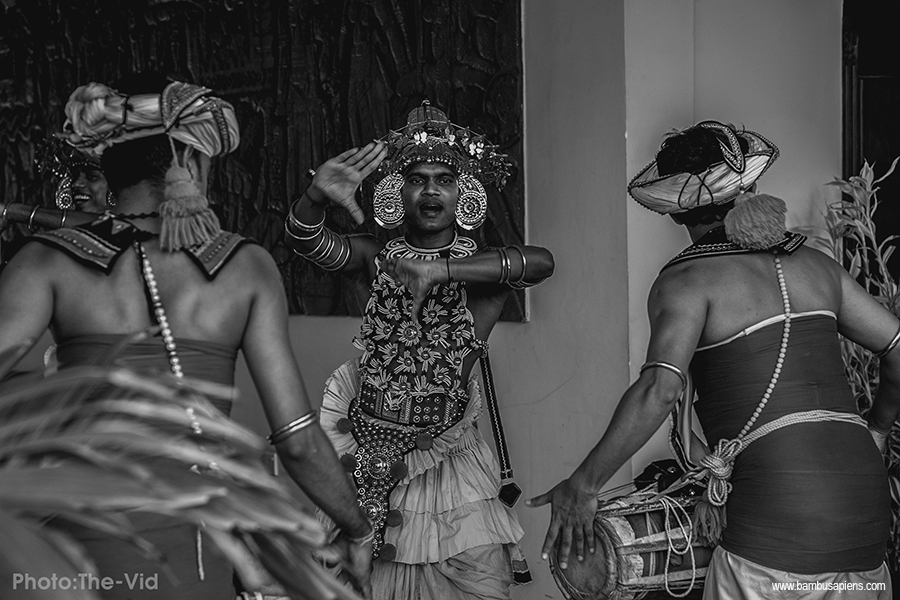
Beautiful shots. The stories shared are marvelous as well.
Thanks uDavid for the taste of Sri Lanka 😊 and please keep sharing.
Love, Lee ☺
(y) nuam ve reuh lutuk, hun thawl hek hawka zin a chakawm khawp mai